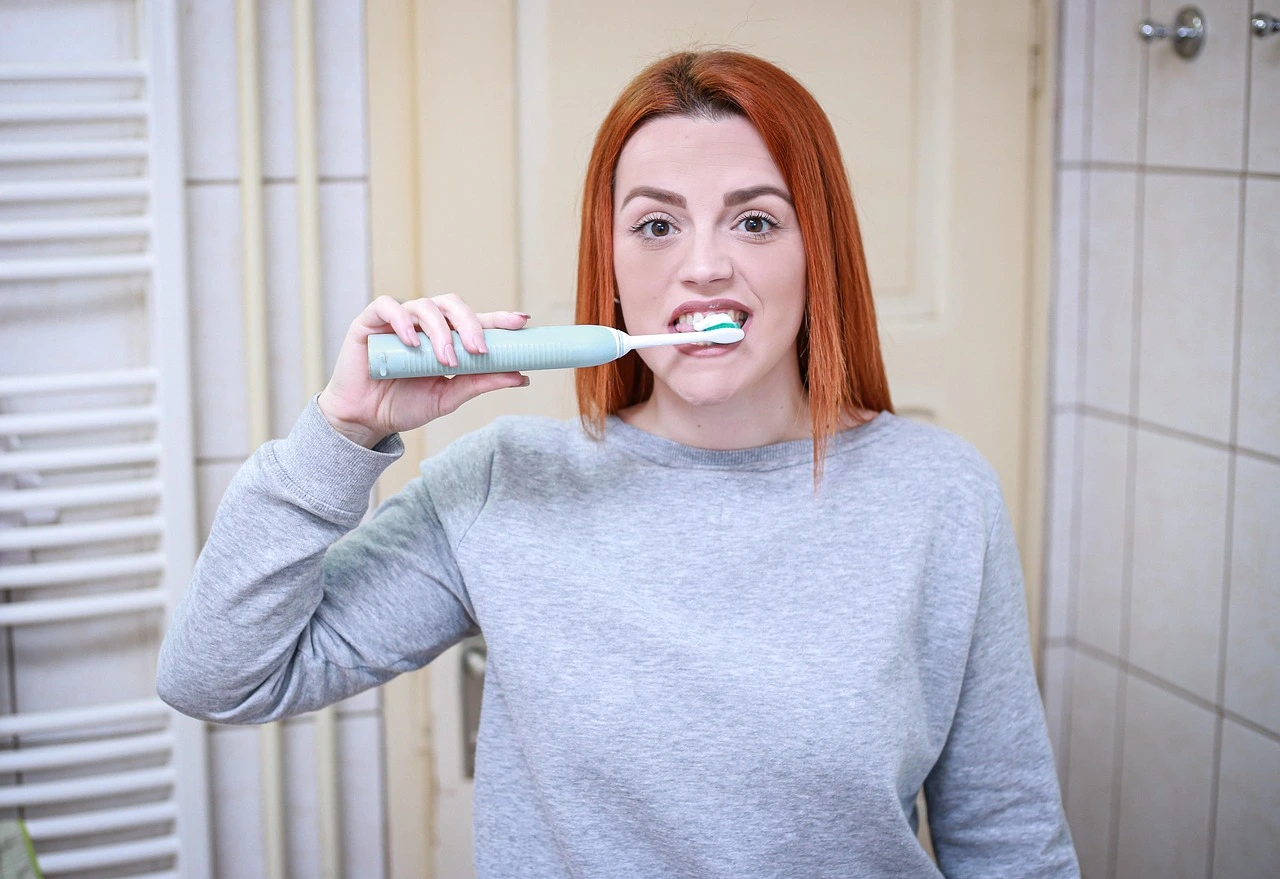Why Toothpaste from Human Hair Became a Topic in 2025?

In 2025, global discussions took a surprising turn when scientists revealed an unusual concept: toothpaste made from human hair. The idea sounded shocking, yet it drew attention from researchers, ethicists, and consumers alike.
The answer lies in keratin, a protein abundantly found in hair. Keratin is rich in amino acids, particularly L-cysteine, which has applications in pharmaceuticals, food, and even cleaning products. Some researchers argued that using human hair could create a sustainable, biodegradable alternative to synthetic toothpaste chemicals.
New studies, such as the one published in Advanced Healthcare Materials (August 2025), even suggest keratin can repair enamel, stop early decay, and reduce sensitivity. This marks a huge leap from fluoride-based formulas, which only slow down enamel erosion rather than fully preventing it.
Yet, the notion quickly ignited controversy, raising ethical, cultural, and health concerns. Was it innovation, or was it crossing moral boundaries?
How Human Hair Was Proposed as a Toothpaste Ingredient

Chemical Composition of Human Hair
Human hair is 45% carbon, 28% oxygen, 15% nitrogen, 7% hydrogen, and 5% sulfur. Its high keratin content makes it chemically valuable.
Extraction of Keratin and Its Uses
Keratin extracted from hair has long been used in:
- Hair care products (shampoos, conditioners)
- Food industry (as dough enhancer via L-cysteine)
- Pharmaceuticals (as capsules and supplements)
Recent research also points to keratin’s biomimetic mineralization ability. When interacting with minerals in saliva, keratin can form a dense protective layer mimicking natural enamel, sealing nerve channels that cause tooth sensitivity.
This pre-existing industrial and medical use sparked the question: Why not in toothpaste too?
Science Behind the Idea
Keratin as a Source of Amino Acids
The core argument was that keratin-derived amino acids could:
- Strengthen enamel
- Support gum health
- Act as a natural foaming agent
A breakthrough came when King’s College London researchers discovered that keratin scaffolds can regenerate enamel-like layers. This means keratin could potentially replace invasive fillings by naturally restoring teeth.
Laboratory Experiments and Research Studies
In late 2024, small lab tests in China and India experimented with L-cysteine from human hair as a toothpaste stabilizer. Early reports suggested possible eco-friendly benefits, but safety concerns were far from resolved.
By 2025, keratin extracted from wool waste was successfully tested as a toothpaste base. Since wool keratin is chemically similar to human hair, it became the model for future consumer products. Large-scale production could rely on salon-collected hair, making the system sustainable and cost-effective.
Health and Safety Considerations

Potential Benefits Claimed
- Natural protein source
- Lower chemical waste
- Possible enamel strengthening properties
- Complete halt of enamel erosion (unlike fluoride, which only slows it)
- Potential reduction of tooth sensitivity through enamel regeneration
Possible Health Risks
- Contamination during hair collection
- Spread of pathogens if improperly sterilized
- Unknown long-term effects
- Public acceptance barriers due to its “hair origin”
Regulatory Standpoint in 2025
FDA and WHO Statements
By mid-2025, neither the FDA nor WHO approved human hair as a legal toothpaste ingredient, citing insufficient testing. However, they acknowledged promising data, particularly regarding enamel regeneration.
Country-specific Bans and Approvals
- China: Allowed limited lab use.
- EU & USA: Strict bans on consumer products.
- India: Under review.
- UK: Closely monitoring the King’s College trials.
Future of Toothpaste Innovation
Edible Toothpaste
Designed for astronauts and children, edible toothpaste is gaining popularity.
AI and Personalized Oral Care
AI-powered toothbrushes now recommend custom toothpaste formulas, potentially making the human hair experiment irrelevant in the long run. Still, keratin-based formulas are expected to enter the market around 2027–2028, if trials succeed.
Conclusion
The concept of toothpaste made from human hair in 2025 may sound like a bizarre sci-fi headline, but it reflects how far science pushes the boundaries of sustainability. While the idea highlights creative uses of waste materials, it collides with deep ethical and health concerns.
With research showing keratin can stop enamel erosion, rebuild tooth layers, and reduce sensitivity, the science looks promising. However, acceptance will depend on public education, regulation, and cultural attitudes.
Most experts believe plant-based and synthetic alternatives will win the future of oral care. For now, human hair toothpaste remains a strange footnote in innovation, fascinating, controversial, and possibly the next big step in dental care.
❓ FAQs
Q1. Why would anyone use toothpaste made from human hair?
A: Because hair contains keratin and L-cysteine, which can act as natural stabilizers and foaming agents. Research also shows keratin can rebuild enamel and reduce tooth sensitivity.
Q2. Is toothpaste from human hair legal in 2025?
A: No. Major regulators like FDA and WHO have not approved it for public use, though early trials show potential.
Q3. Is it safe to use toothpaste with human hair ingredients?
A: Safety hasn’t been fully proven. Risks include contamination and unknown long-term effects.
Q4. Which countries tested hair-based toothpaste?
A: Research was conducted mainly in China, India, and the UK, but consumer bans remain in place.
Q5. Are there better alternatives?
A: Yes, plant-based ingredients, lab-grown keratin, and edible toothpaste are safer options today.
Q6. When will keratin-based toothpaste be available?
A: If current trials succeed, public availability is expected by 2027–2028.

Similar Posts
How to View Instagram Stories Anonymously? Discover 7 Easy Ways
Can You Create a Full NFT Collection Using AI Tools in 2025? Complete Guide & Expert Insights
The Ultimate Guide to Enterprise SEO